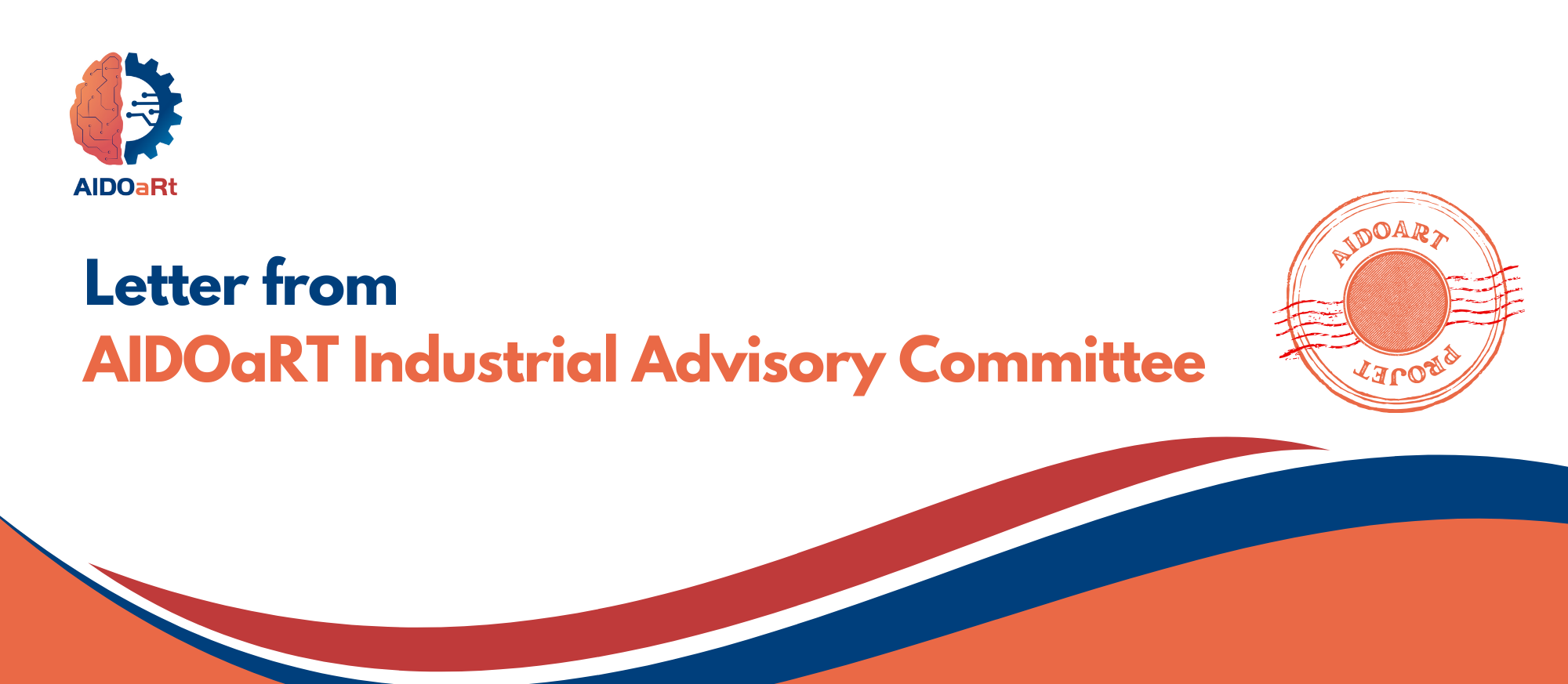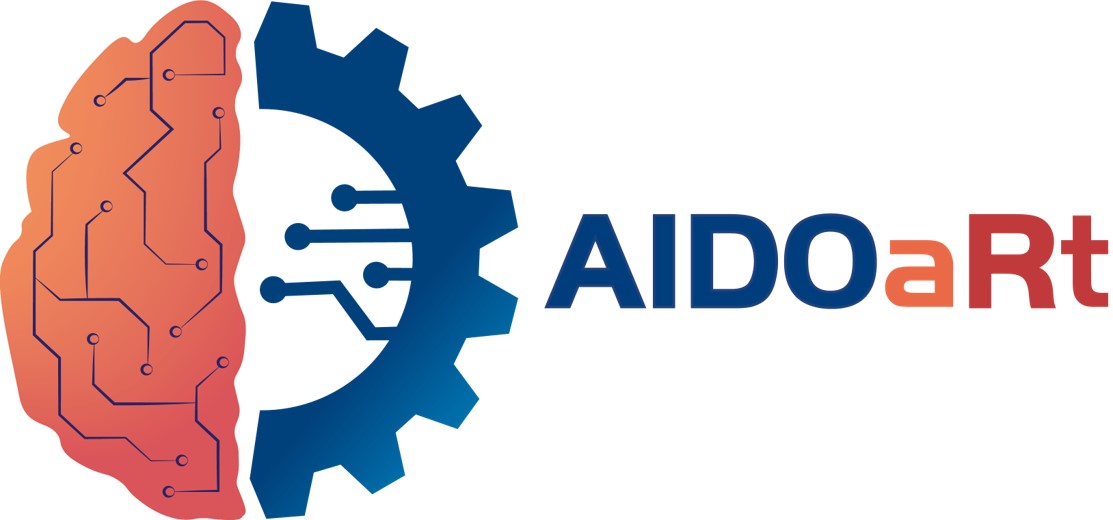Text
Assessment and Recommendations from AIDOaRT Industrial Advisory Committee

13/03/2024
The Industrial Advisory Committee of AIDOaRt project consists of external and independent experts of recognised knowledge in different kinds of backgrounds and areas of expertise.The experts Dorin Maxim, Erwin Schoitsch, Laurent Rioux, Raffaela Mirandola, Antonia Bertolino review of project outcomes supporting quality and innovation management in the project.
The assessment and recommendations from The Industrial Advisory Committee after plenary meeting in Linz is below:
The IAC acknowledges the substantial progress achieved within the project, particularly commending the robust strategies devised to effectively respond to recommendations offered by the reviewers.
The comprehensive alignment of the IAC's own recommendations from May 2023
with those provided by the reviewers demonstrates a meticulous approach to addressing
feedback and enhancing project outcomes.
Nevertheless, the IAC encounters challenges when attempting to assess finer project
details, primarily due to their association with forthcoming deliverables. The IAC expresses admiration for the thorough organization and content of the exploitation categorization table, underscoring its value as a tool for systematically categorizing and managing project resources. In the ongoing effort of producing a “catalogue of solutions” to address one explicit reviewers’ request, it is recommended to make this accessible/searchable also from external users who may not be aware of the offered solutions and would likely search for problems they need to solve. Furthermore, the detailed plans delineating beneficiary exploitation strategies and the structured consideration of customers, clusters, and topics are greatly appreciated for their clarity and depth, indicative of a comprehensive approach to maximizing project impact and sustainability. One IAC proposal would be to differentiate between “public” and“commercial” value creators in the cluster analysis.
Proposing a proactive approach, the AIC recommends the identification of top candidates for productization within the project framework. This recommendation includes the establishment of clear timeframes, extending from project completion to 1/3/5 years and long-term post-project, to ensure strategic planning and effective implementation of productization efforts. By delineating specific milestones and timelines, the project can
align its efforts with long-term goals and enhance its potential for market success.
The IAC applauds the project team's detailed plans for event reporting, highlighting
a departure from conventional reporting practices characterized by providing only minimal
detail. By adopting this more comprehensive reporting approach, the project stands to
effectively communicate its activities and achievements, thereby enhancing stakeholder
engagement and project visibility. Furthermore, consolidating this reporting methodology
to demonstrate its impact on project outcomes reinforces the project's commitment to
transparency and accountability.
Emphasizing the importance of continuous development during the post- deployment (operations) phase for autonomous systems and AI applications, the IAC underscores the need for ongoing refinement and adaptation already within the project, particularly in areas such as framework enhancements and use case descriptions. The processes and outcomes of the project’s development should already consider the necessary potential for later continuous improvement, which is essential for maintaining relevance and effectiveness in dynamic operational environments. This aspect, which is also addressed in the project title, should be made more visible.
Recognizing advancements in addressing AI-related aspects compared to previous assessments, the IAC acknowledges the project team's efforts in addressing and integrating
more visible AI technologies and methodologies. Furthermore, the achievement of most Key Performance Indicators (KPIs) is noted, with only two metrics remaining to be measured.
Leveraging the project community to gather feedback and insights is encouraged, offering opportunities for further refinement and optimization. Identifying an unresolved issue, the IAC highlights KPI 2.3, which pertains to the integration of new methods and practices. This issue is framed as a continuous development challenge, underscoring the need for ongoing efforts to address evolving requirements and opportunities. Additionally, the IAC emphasizes the importance of cross- fertilization of technologies across the project and its community to maximize exploitationpotential and foster collaborative innovation.
Proposing a proactive initiative, the AIC suggests organizing a hackathon focused on the exploitation and impact of different technologies during the next project meeting.This event would aim to promote collaboration, creativity, and knowledge sharing among project participants, thereby fostering synergistic opportunities for (joint) technology exploitation and market impact. This event will provide the opportunity to identify champion technologies, which can be promoted externally.
To address the reviewers’ comment on increasing the visibility of the IAC, this summary of its recommendations may be included in the management report, but we note that, as the IAC acts as a project consultant, its detailed recommendations may not be disclosed outside of the consortium.
Congratulations and wishing you further good progress!
Industrial Advisory Committee members

%20European_Commission%20logo.png)
%20Picture2.png)
